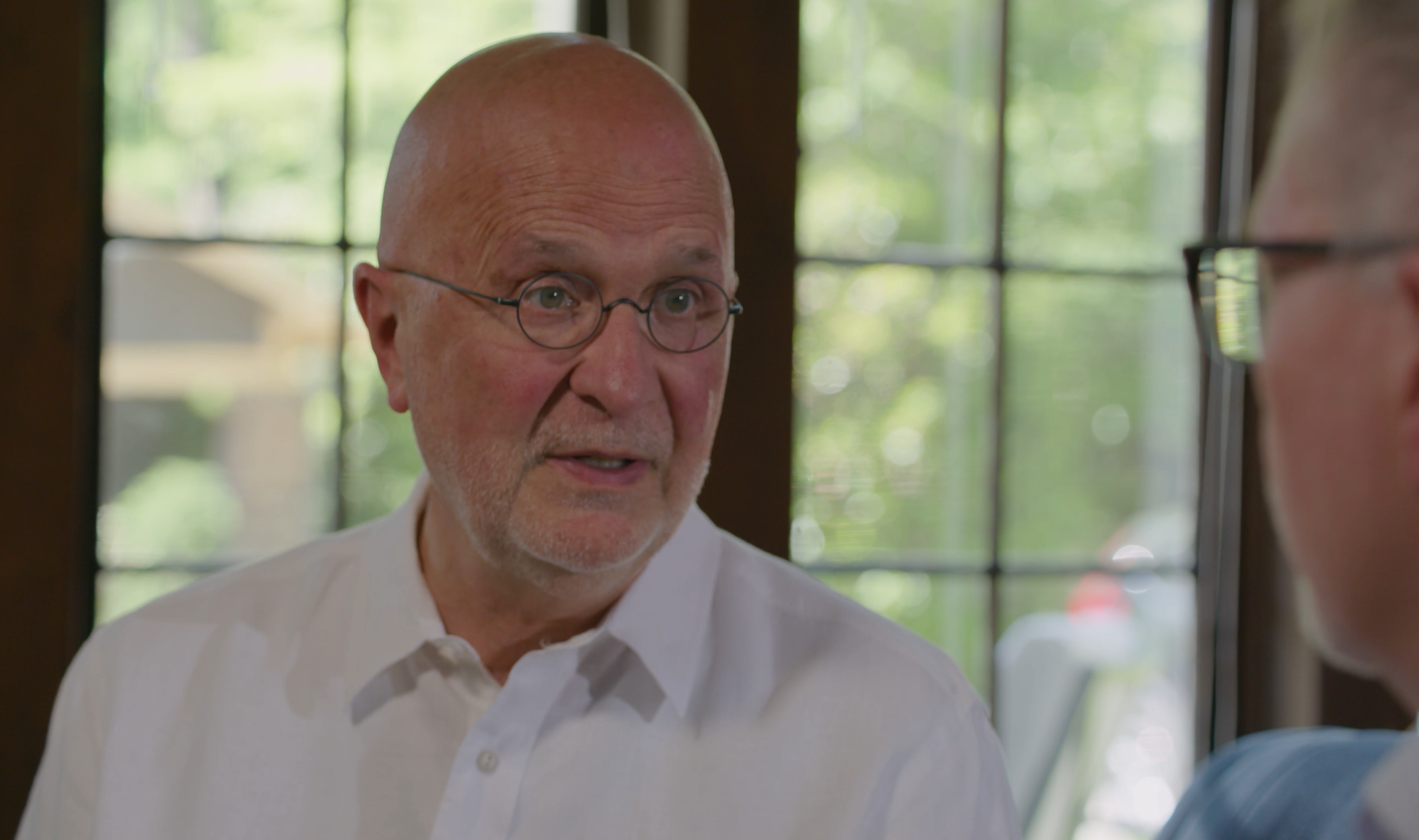The kinds of challenges that hold organizations back from successful fundraising usually stem from the culture or the structure of the organization. Maybe your managers or leaders are slow to change. Or perhaps you’re facing challenges in getting other departments onboard with a donor-focused approach to fundraising.
After over a decade of helping non-profits transform their fundraising strategies, we’ve seen the same issues over and over. Many organizations are not structured to support the donor pipeline at every stage of the donor journey. Others fail to recognize or communicate the importance of the donor and the overall process of fundraising. This is particularly damaging when leadership does not understand who donors are or why they give. When there’s not a real culture of philanthropy, your fundraising efforts will fall flat.
In this video, we’ll share some of the common problems that fundraising programs run into so you can tackle these challenges head-on. With the right approach, you can build a successful fundraising operation. Which means more net revenue toward your mission.
And if your organizational culture needs a refresh, we have a roadmap for you to help you lead this change! You can download a copy of our White Paper, Building a Culture of Philanthropy, here.
Read the full transcript below:
SPEAKERS
Jeff Schreifels, Richard Perry
Jeff Schreifels
Hi, and welcome to the Question of the Month. Have you ever felt like you knew your organization could be more successful, but something was getting in your way? For today’s question, Richard is going to share what he’s learned through his 45 years in the non-profit sector to answer this question: what holds organizations back from being successful in fundraising?
Richard Perry
Well, let’s just talk about this. So between the two of us, so on the culture, developing a culture of philanthropy, I think what a leader or manager can do is basically start involving people in the conversation, like this mission that we’re trying to do together is about getting the mission done. But where did the resources come from? Having a conversation, bring some donors in, and have them get acquainted with donors, get acquainted where money comes from to get the resources. I think that’s one thing that could be done.
Jeff Schreifels
With the intent on getting people to value donors, and how they make the mission run.
Richard Perry
Yeah, I mean, just having them in would be a big deal. In terms of the structure, start looking at the pipeline and say to yourself, Okay, how do I actually make the structure work to support the pipeline? So like, is the organization and marketing and communications or the development side of the organization? Does it take into account that there’s one manager that handles acquisition, that there’s another manager that handles the cultivation and the relationship with donors, the more personal relationship with donors in the fundraising, in the major gift side of things? That’s some design elements that you could do in there.
Jeff Schreifels
And making sure that you’re investing in those areas properly as well.
Richard Perry
Exactly. Reporting back, I think the rule that every organization should adopt is basically for every time you make an ask, where every time you put an offer out there, or anytime there’s an appeal, or even in a newsletter, where there’s an offer, there’s got to be some reporting back mechanism that tells the donor what happened, right? So you have to have a one-to-one relationship between the ask and then the response back to the donor.
Richard Perry
That’s right.
Richard Perry
And then on the area of donor offers, is start creating them. In other words, like take all of the budget that you have, figure out the main categories of the work that you do, and create a donor offer for each of those categories. I mean, that would be a start.
Jeff Schreifels
Thank you, Richard, for answering this month’s question. And thank you for joining us today for this conversation. We hope this gave you some new ideas and inspiration to move past the barriers that are standing in your way of your success.
Jeff Schreifels
Now, I know it’s one thing to hear about strategies to implement a more successful fundraising approach, and another thing to actually do it, but we’re here to help. We offer consulting in major gifts, mid-level fundraising, and planned giving, and we provide services to support you in creating donor offers and organizational development. If you’re ready for a guide to help make an even greater impact on your mission, then please check out our services on our website, and schedule a time to connect with my colleague, Amy Chapman, to discuss your organization’s specific needs. Thank you, and we’ll see you next time.
—————







0 Comments